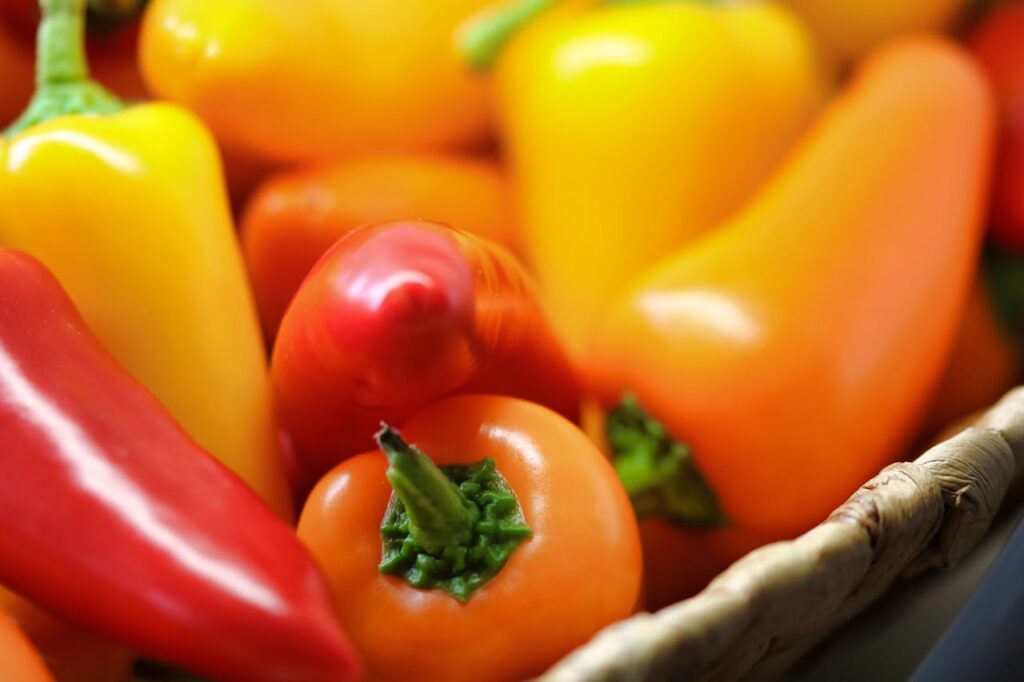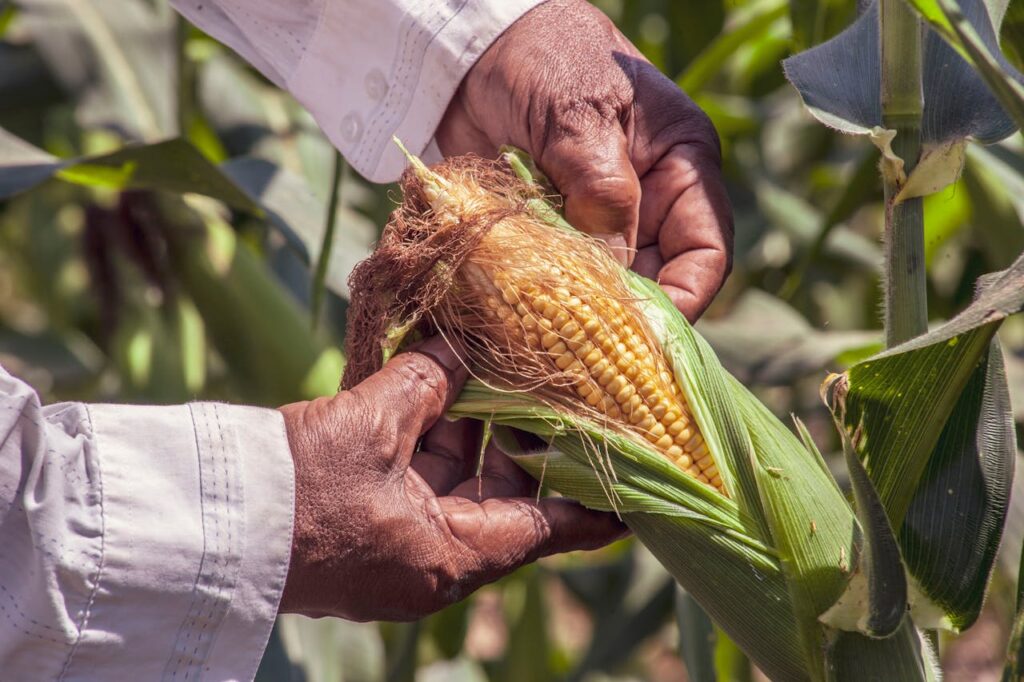The agri-export market plays a crucial role in India’s agricultural sector by facilitating the export of agricultural commodities to international markets. Exporting agricultural produce not only enhances farm incomes but also promotes economic growth, boosts rural development, and strengthens India’s position in the global economy. This article explores the significance, opportunities, challenges, and strategies related to agri-export markets for Indian farmers.

Importance of Agri-Export Market
The agri-export market offers numerous benefits for Indian farmers:
Income Diversification: Exporting agricultural produce provides farmers with access to higher-value international markets, enabling them to diversify income sources and reduce dependency on domestic markets.
Price Stability: International demand for Indian agricultural products can stabilize prices, mitigating the impact of domestic market fluctuations and seasonal variations in demand.
Technology Adoption: Export-oriented production often necessitates adherence to global quality standards, encouraging farmers to adopt modern farming practices, improve productivity, and enhance product quality.
Economic Growth: Agri-exports contribute to foreign exchange earnings, improve trade balance, and stimulate economic growth across rural and agricultural sectors.

Key Agricultural Products for Export
India exports a diverse range of agricultural products, including:
- Basmati Rice: Renowned globally for its aroma, flavor, and long grains.
- Spices: Such as turmeric, cumin, cardamom, and pepper, valued for their unique flavors and medicinal properties.
- Fruits and Vegetables: Mangoes, grapes, bananas, onions, and potatoes are exported in fresh, frozen, or processed forms.
- Tea and Coffee: India produces high-quality tea and coffee varieties sought after in global markets.
- Pulses and Legumes: Chickpeas, lentils, and beans are staple exports, valued for their nutritional content and versatility.

Opportunities in Agri-Exports for Indian Farmers
Geographical Advantage: India’s diverse agro-climatic conditions support the cultivation of a wide range of agricultural products, catering to diverse international markets throughout the year.
Growing Demand: Increasing global awareness and demand for organic, natural, and sustainably produced agricultural products present lucrative opportunities for Indian farmers.
Government Support: Initiatives such as the Agricultural Export Policy (AEP), Market Access Initiative (MAI), and trade promotion programs provide financial assistance, incentives, and market facilitation services to promote agri-exports.
Value Addition: Processing, packaging, and branding of agricultural products enhance their market appeal, command higher prices, and create value-added opportunities for farmers.

Challenges in Agri-Exports
Quality Standards: Meeting stringent international quality and safety standards requires compliance with regulations, certifications, and quality control measures throughout the supply chain.
Infrastructure: Inadequate cold storage, transportation facilities, and logistics infrastructure hinder the efficient handling, storage, and transportation of perishable agricultural produce.
Market Access: Trade barriers, tariffs, non-tariff barriers, and phytosanitary regulations in importing countries can restrict market access and export opportunities for Indian farmers.
Price Volatility: Fluctuations in global commodity prices, currency exchange rates, and geopolitical factors impact export earnings and profitability for farmers.

Strategies for Indian Farmers
Market Research: Conducting market research to identify export opportunities, consumer preferences, and trends in target markets to align production and marketing strategies accordingly.
Quality Assurance: Implementing good agricultural practices (GAP), organic farming practices, and obtaining certifications (like GlobalGAP, organic certifications) to ensure product quality and meet international standards.
Value Addition: Processing, grading, packaging, and branding agricultural products to enhance their marketability, differentiate them from competitors, and command premium prices.
Partnerships and Collaborations: Forming partnerships with exporters, agri-business firms, and trade associations to access export markets, leverage their expertise, and navigate regulatory requirements.

Government Initiatives and Support
The Indian government provides various initiatives and support mechanisms to promote agri-exports:
Export Promotion Schemes: Financial incentives, subsidies, and export promotion capital goods (EPCG) scheme to offset infrastructure costs and promote value addition.
Trade Facilitation: Easing trade regulations, negotiating free trade agreements (FTAs), and addressing trade barriers to enhance market access and competitiveness in global markets.
Infrastructure Development: Investment in cold chain infrastructure, storage facilities, and transportation networks to improve supply chain efficiency and reduce post-harvest losses.

Future Outlook and Conclusion
The future of India’s agri-export market is promising, driven by increasing global demand, technological advancements, and supportive government policies. Indian farmers stand to benefit significantly from tapping into international markets, adopting sustainable practices, and enhancing product quality and market access.
In conclusion, leveraging export opportunities in agriculture can transform the livelihoods of Indian farmers, boost rural economies, and contribute to India’s agricultural growth and global competitiveness. By addressing challenges, embracing innovation, and fostering partnerships, India can capitalize on its agricultural strengths to emerge as a leading player in the global agri-export market.